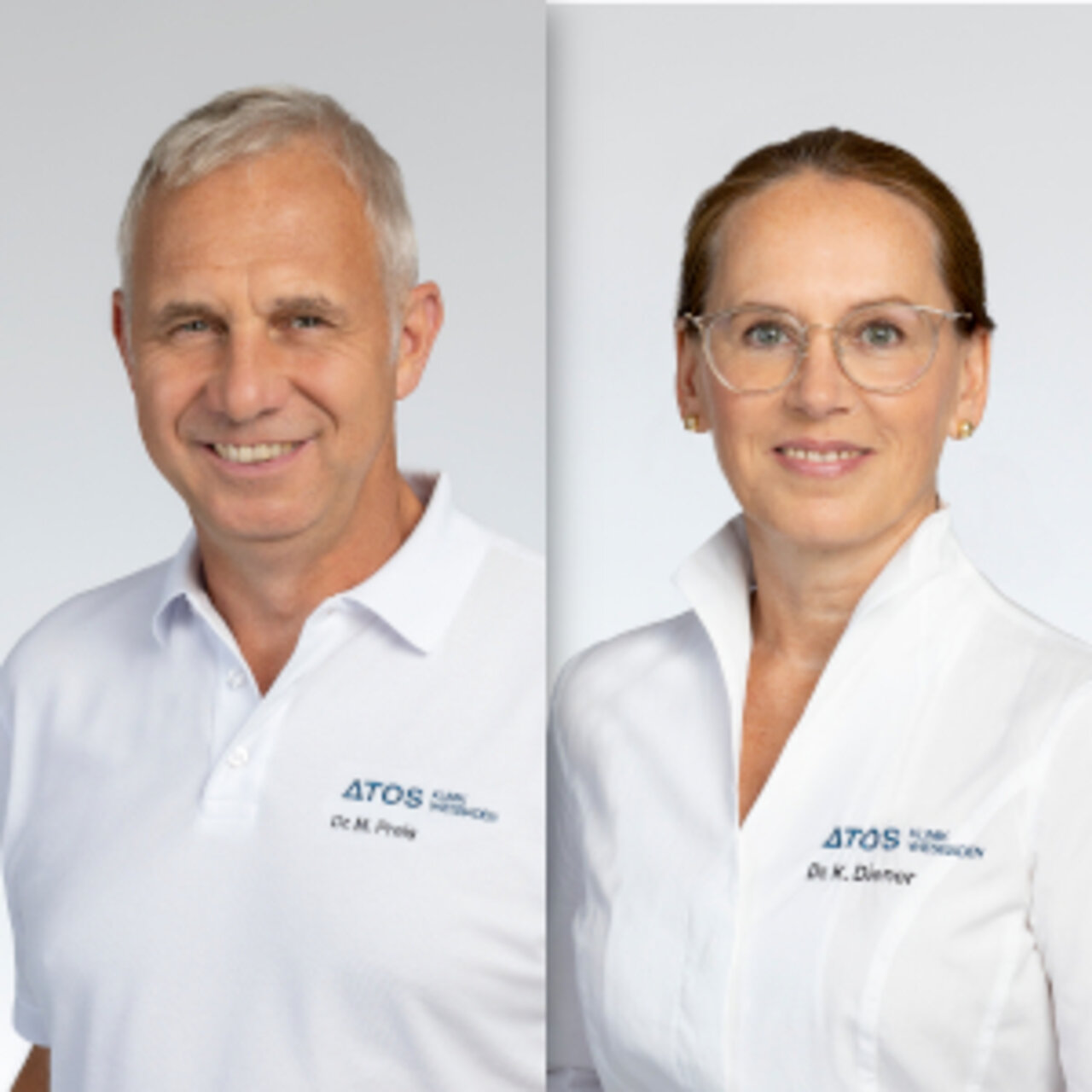Specialists in Joint-Preserving Surgeries
16 Specialists found
Information About the Field of Joint-Preserving Surgeries
The possibility of replacing a joint with an artificial implant, medically referred to as endoprosthetics, has developed considerably in recent decades. It can help patients suffering from permanent pain due to advanced joint disease regain quality of life.
Although prostheses offer more functionality, they do not come close to the quality of the original joint. Furthermore, they always carry the risk of prosthesis loosening or inflammation.
In many cases, joint-preserving surgery offers an alternative to joint replacement or may delay it by several years or decades.
Goals of Joint Preservation Surgery
Over the years, joint-preserving surgery has developed more and better methods to treat joint damage at an early stage. Existing joint damage is therefore prevented from progressing, and joint replacement may then no longer be necessary. However, the primary goal should always be complete joint preservation.
Although the aim is to avoid joint replacement permanently, even joint-preserving surgery cannot prevent this in some cases. In this case, methods are mainly used to delay prosthesis implantation as long as possible.
Joint diseases that can be operated on in a joint-preserving manner
Joint-preserving surgery can be used for various forms of joint disease. It should be considered in advance of any surgery on a joint as a possible alternative to the prosthesis.
Osteoarthritis and Cartilage Damage
Osteoarthritis is a widespread complaint and describes the degenerative change of a joint. Among others, the cartilage mass decreases, and reshaping of the joint takes place. Joint-preserving surgery can be performed if cartilage damage does not exceed a certain extent. The disease is divided into different stages depending on its severity. Thus, osteoarthritis surgeries can be carried out in a joint-preserving manner for stages I-II.
Ligament and Tendon Injuries
Joint-preserving surgery is a standard treatment option for damaged ligaments and tendons. This can be a sensible measure after a sports accident, for example, when the affected structures can be stitched or replaced. Damaged ligament structures and tendons tears after sports accidents can also be sutured or replaced as part of sports traumatology.
Rheumatism
Rheumatic diseases are varied, but in most cases affect the joints. As a result, joint inflammation or deposits often occurs, which can be corrected or improved with joint preservation surgery.
Knee Surgery
Various diseases of the knee joint, such as knee osteoarthritis or meniscus injuries, can be an indication of surgical intervention. Here, joint-preserving surgery methods can improve the joint's stability without the need for a prosthesis.
If the legs do not stand in a straight axis and deviate inward (knock-knee) or outward (bow-leg), this can affect not only the knee joint but also the hip joints, the ankle joint, and the feet. Therefore, surgery may be necessary in some cases. If possible, this is done while preserving the joint.
Shoulder Surgery
The shoulder joint, as a purely muscular joint with a very high range of motion, can be affected by various joint injuries. Conditions such as tightness under the acromion bone (impingement syndrome) or the joint's recurrent dislocations can be treated during joint-preserving surgery.
Tumor Orthopedics
In tumor orthopedics, various benign and malignant tumors of the bones or soft tissues are treated. To remove these tumors, joint-preserving procedures are often used.
Methods of Joint Preserving Surgery
At the beginning of every therapy, there is always a detailed diagnosis. The orthopedist begins with a doctor-patient interview, in which he asks about the complaints and their nature and duration. This is followed by a physical examination, during which the range of motion of the joints is evaluated in addition to their appearance and shape.
Additional imaging procedures such as an X-ray, MRI, and ultrasound supplement the diagnosis so that the specialist can obtain a precise picture of the current joint situation.
Now the orthopedist can create an individual treatment plan and initiate the optimal therapy.
If possible, joint-preserving surgery is carried out minimally invasively. This is done with the help of arthroscopy (joint endoscopy). A camera and special instruments can be inserted into the joint through tiny incisions in the skin. The orthopedist follows his actions via a monitor. The alternative is open surgery without an arthroscope, often used for more extensive surgeries.
For example, to repair cartilage damage in osteoarthritis, these methods can be used to even roughened cartilage surfaces and to insert cartilage grafts for defects. As a result, even dead bone areas that lie directly beneath the cartilage can be rebuilt without significant surgery.
For example, the orthopedist can arthroscopically remove the inflamed synovial membrane that manifests in rheumatic diseases. Torn tendons can also be sutured or replaced by healthy muscle tendons from the patient. These methods are mainly used on the knee and shoulder joints.
In axial deviations of the lower extremity, an osteotomy can be helpful in some cases. Here, the inclination of the bone in the joint area is adjusted so that the knee joint is again in a physiological axis with the hip and ankle joints. This redirects the load to other healthy cartilage and bone areas.
Joint-preserving surgery is used for many joint diseases and can replace or at least delay endoprosthetics in many cases. However, during a detailed consultation, the physician and patient should always decide which therapy option is the most appropriate in each case to achieve the best possible treatment result.
Sources:
- Grifka, Joachim (2011): Orthopädie und Unfallchirurgie. Für Praxis, Klinik und Facharztprüfung ; mit 155 Tabellen. Berlin [u.a.]: Springer.
- Winker, Karl-Heinrich (2011): Facharzt Orthopädie Unfallchirurgie. Munich: Urban & Fischer.
- Herold, Gerd: Innere Medizin. Köln, Eigenverlag 2012.















